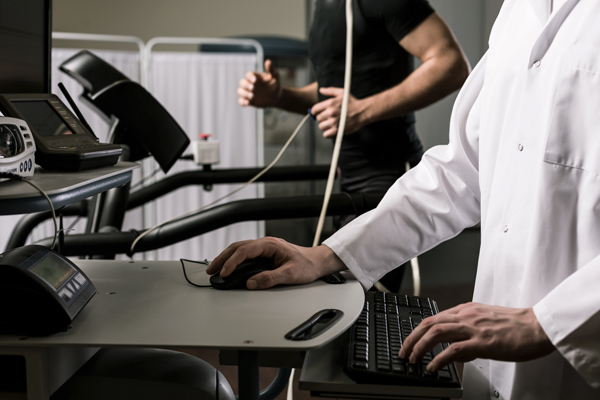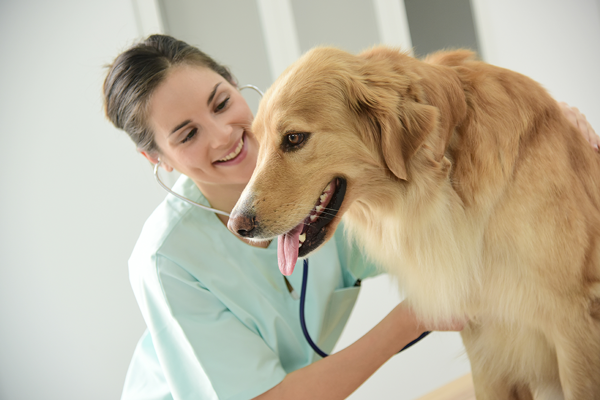![]()
Blog @ SunTech
Advice from the BP Measurement Experts
Should Manual BP Get the Boot
 There's a bit of a debate going on in October's issue of the Journal of Hypertension about the best way to measure blood pressure. Everyone agrees that it should be done using a cuff placed over the brachial artery, but the similarities sort of end there.
There's a bit of a debate going on in October's issue of the Journal of Hypertension about the best way to measure blood pressure. Everyone agrees that it should be done using a cuff placed over the brachial artery, but the similarities sort of end there.
Dr. Martin G. Myers published an article not so subtly titled, "The great myth of office blood pressure measurement." Not surprisingly, Dr. Myers is not a fan of traditional, manual blood pressure methods employed in just about every clinical setting today. You know, where a clinician wraps a cuff around your arm, pumps it up with a handheld bulb, and listens for K-sounds with a stethoscope placed on the antecubital fossa. He notes, correctly, that the technique employed by most clinicians to take BP bears little resemblance to that used for most hypertension clinical research studies, as well as the recommendations of the American Heart Association (AHA). He also cites studies showing how manual BP has a poor correlation to ambulatory blood pressure monitoring (ABPM) measurements taken while patients are awake as well. Myers makes it clear that he's given up on manual BP when he says that "the American Heart Association has prepared and circulated a variety of educational material describing the proper methods for manual BP measurement over a period of several decades. There is little evidence to show that these efforts have been successful in improving the accuracy of routine office BP measurement." Nope, he's not a fan.
Myers' alternative to manual BP is what he calls Automated Office Blood Pressure (AOPB). While descriptively, this might sound like using any automated BP device in place of a cuff, bulb, and stethoscope, that's not exactly what he's talking about. In Myers' context, AOPB broadly means using a fully automated BP device to take multiple measurements on a patient resting quietly alone with no clinician present, and then averaging all or most of the readings. The data that he presents in the article shows that AOPB is more closely correlated with ABPM, blood pressure taken by patients themselves in the home, and manual BP's taken using clinically validated protocols. Great! So what's everyone waiting for? Shouldn't every physician start using AOPB?
Not so fast, say Dr. George S. Stergiou and Dr. Gianfranco Parati in an editorial response to Myers' article. Stergiou and Parati acknowledge that "in clinical practice, office BP measurements are less standardized than in clinical trials and might be misleading to a considerable proportion of patients." Okay, so what's their beef with AOBP? Well, mainly they feel that more research needs to be done before throwing the baby out with the bathwater...so to speak. Specifically, they bring up four problems with AOBP that need to be dealt with:
- More studies need to be done in order to determine the appropriate thresholds for hypertension diagnosis using AOBP.
- The data indicates that the use of Myers' proposed AOBP algorithm across the entire healthcare continuum would result in needing to test a huge number of patients with ABPM in order to verify a hypertensive diagnosis, when some studies have shown that self-applied home BP would do just as well.
- Just because AOBP practiced under a research clinical trial protocol shows good correlation with waking ABPM, actual regular use of AOBP in clinical practice could result in just as much irregularity as manual BP.
- Oscillometric devices aren't ideal for measuring BP on all types of patient populations. Pregnancy, diabetes, renal disease, and the presence of arrhythmias can all have an adverse effect on the veracity of oscillometric measurements.
Hmm. So where to from here? Well, maybe we need a combination of all these diagnostic tools—manual BP, AOBP, ABPM, and home BP. Interestingly, Stergiou and Parati hypothesize that a hybrid device having a dual measurement mode (automated oscillometric and manual auscultatory) would be ideal for any medical office or clinic. That way, a patient that isn't appropriate for the automated oscillometric mode can be measured manually by the clinician without having two separate devices. We agree, which is why we offer a manual auscultatory mode in our 247 BP+Vitals spot check device for that very reason.
I guess great minds think alike!
Interested in getting more SunTech news, product info, as well as
tips, tricks, and insights from BP experts?
Sign up to get fresh content delivered direct to your inbox.



